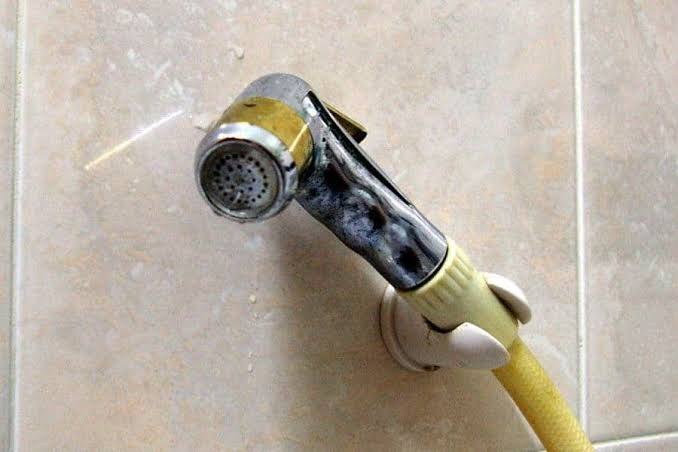The TLDR of the video is that the Russian invasion of Ukraine was bad, and that Western and Ukrainian aggression didn't poke the tiger. He doesn't mention that the West could end the war tomorrow.
To be fair, I'm not pro Putin. I know Russians in Russia who are risking their safety to be peace activists, which is the correct and noble position to have in Russia. An Australian guy taking the position that Putin bad just seems easy and is doing the work of the State department.


deleted by creator
Incredible post! Hate to be that guy, but do you have any sources? I’d love to be able to walk people through this timeline, but it’s a hard sell when the sole source is “some commie on bear website”
deleted by creator
Exactly what I was going to ask. I have a lib friend who I think could be pushed somewhat away from the "correct" lib take on the war with write-up like this, but his first question is going to be about the sources.
👏 I especially enjoyed reading the prologue. I didn't know this history. That's some incredible foreshadowing, I'd say if this wasn't reality. Thank you for sharing!